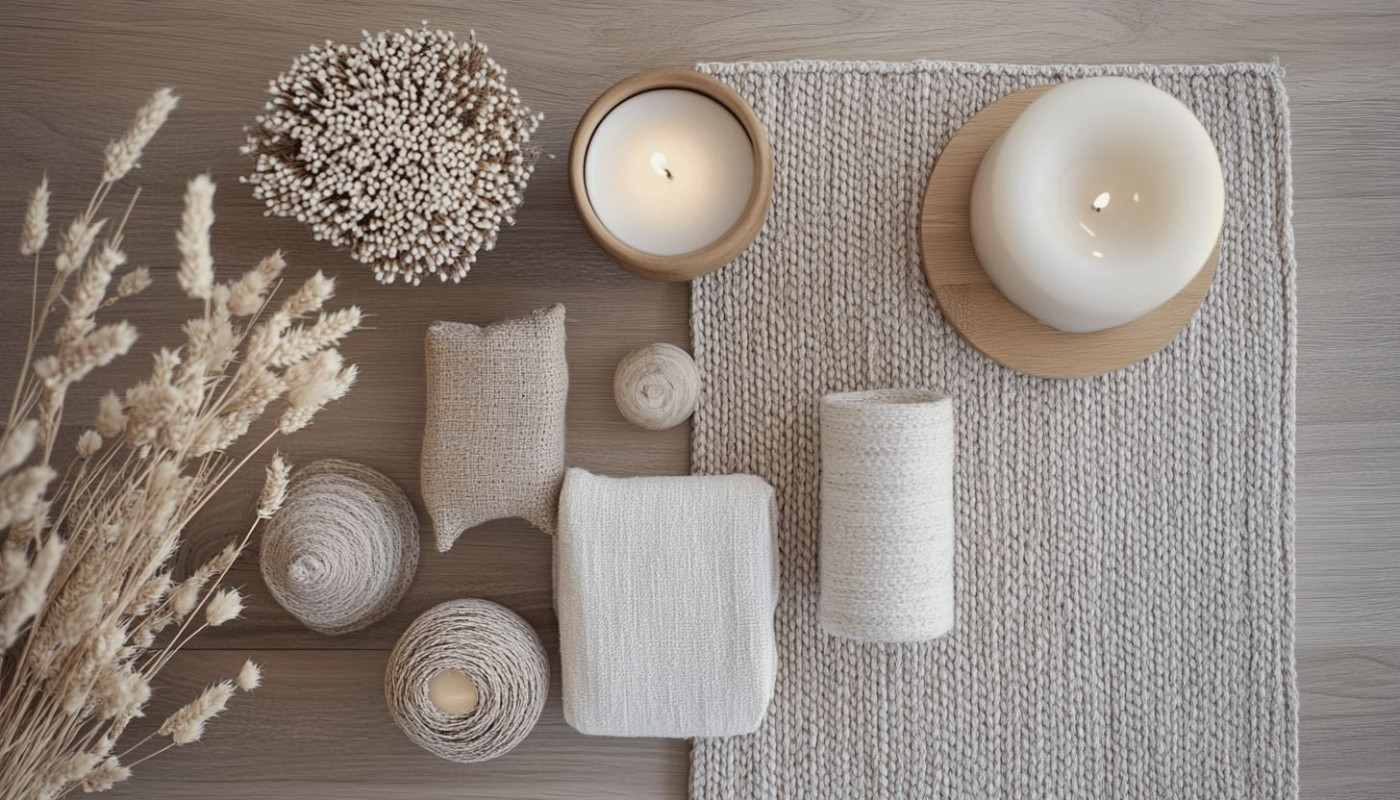Table of contents
Maximizing the potential of small spaces often comes down to choosing the right home accessories. With limited square footage, each item has the power to transform both function and style. Unlock the secrets to making every inch count by exploring the following expert strategies for selecting perfect accessories tailored to compact living areas.
Assess space and function
When selecting home accessories for small spaces, begin by carefully evaluating the available area and outlining the specific functions you need each room to serve. Accurate measurement of dimensions is foundational for effective small space planning, enabling optimal space utilization and preventing overcrowding. Assess the flow of movement through each room, ensuring that chosen functional décor and accessories do not inhibit traffic paths. Seek items that offer multi-use opportunities, such as nested tables or storage ottomans, which not only add style but also enhance interior organization. By prioritizing pieces that blend aesthetics with functionality, rely on trusted home accessories tips from experts, and consistently focus on maximizing space, your choices will reflect thoughtful design and practical living.
Opt for multi-functional pieces
Selecting dual-purpose décor is a smart strategy for optimizing compact home essentials in limited living areas. Accessories such as storage ottomans, convertible coffee tables, and wall-mounted shelves offer space-saving solutions by combining functionality with style. These modular design elements contribute to efficient interiors by minimizing visual clutter and maximizing available square footage, allowing rooms to feel larger and more organized. Smart furniture choices—like a sofa with built-in storage or nesting tables—provide flexibility and adaptability for evolving needs, making them ideal for small homes. Explore a range of modular and multi-functional pieces at MokaSofa store, where innovative designs support both practicality and aesthetic appeal.
Embrace vertical solutions
Maximizing wall space through vertical storage can dramatically enhance small room organization, making compact areas feel more spacious and functional. By embracing verticality, shelves mounted high on walls, tall mirrors, or hanging organizers free up valuable floor space and draw the eye upward, creating an illusion of height and openness. Wall décor ideas such as staggered shelving units or modular pegboards serve both as stylish accents and practical storage. Place vertical storage solutions above desks, behind doors, or in entryways to store books, accessories, or daily essentials efficiently. Using tall mirrors on narrow walls not only reflects light but also expands the perception of depth in confined spaces. Prioritizing upward storage ensures that every inch of a small room is optimized, blending functionality with aesthetic appeal while maintaining a clutter-free environment.
Choose light and reflective elements
Maximizing perceived space in compact rooms relies heavily on clever use of reflective décor and light home accessories. Incorporating accessories in light colors, such as pale textiles, ceramics, or wall art, helps amplify ambient light through light diffusion, creating a more open and airy atmosphere. Transparent furniture, like acrylic chairs or glass tables, not only minimizes visual clutter but also allows uninterrupted light flow, enhancing spatial continuity. Strategic placement of mirrors—ideally opposite windows or behind light sources—doubles natural and artificial light, elevating the airy room effect. Metallic finishes on picture frames, vases, or lamp bases further boost light diffusion, acting as subtle space-enhancing tricks. For optimal results, cluster reflective elements where sunlight enters and use transparent materials for larger accessories to ensure every ray is utilized for maximum spaciousness.
Prioritize cohesive styling
When curating home accessories for small space design, maintaining cohesive interiors is foundational to creating a visually appealing environment. Unified accessory style begins with establishing a balanced color palette—choose two or three dominant shades and repeat them through soft furnishings, wall art, and accent pieces. This approach fosters visual continuity and prevents the room from appearing cluttered. For harmonious décor, select patterns and textures that complement rather than compete; for example, pair a subtle geometric cushion with a textured throw in a matching hue. Coordinating metallic finishes on lighting fixtures or hardware can also reinforce unity. Careful color coordination and mindful selection of finishes allow accessories to enhance the space without overwhelming it, ensuring the atmosphere remains inviting and thoughtfully designed.
Similar articles

From Startup To Powerhouse: The Journey Of A Modern Entrepreneur

Maximizing Impact: Strategic Fundraising For Veteran Nonprofits

